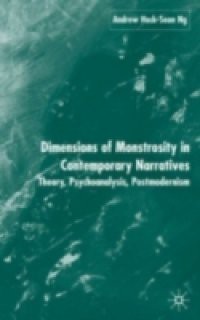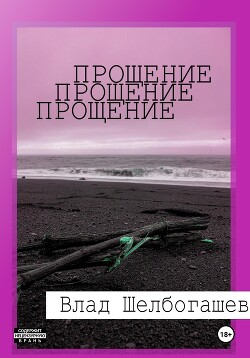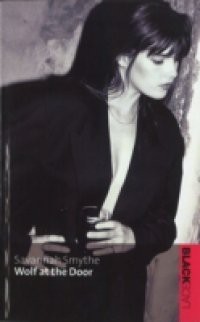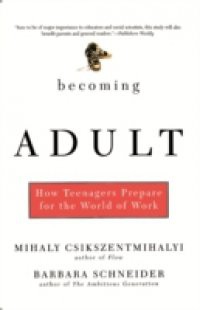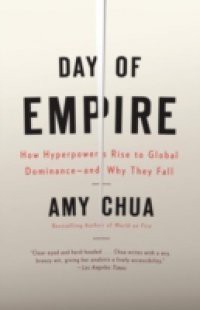This study seeks to situate the monster in contemporary narratives. Deploying psychoanalysis, cultural theories, and recent studies in gender and sexuality, it discusses various forms of monstrous representations starting with lived space and concluding with language as a textual space for the creation/coercion of monstrosity. It argues that, unlike traditional monster narratives (notably the Gothic) which see the monster as an alien 'other' that has to be contemplated and finally expelled, contemporary monster narratives situate this 'other' with(in) us, so forcing us to reconsider our positions as subjectivities, and the socio-ideological space we inhabit. Popular fiction by Peter Ackroyd, J. G. Ballard, Doris Lessing, Iain Banks, Bret Easton Ellis, Joyce Carol Oates, Angela Carter, Patrick McGrath and Janice Galloway are discussed, showcasing an array of monstrous manifestations including various forms of monstrous spatiality (including language), the deformed body, the serial killer and the enigmatic child.
